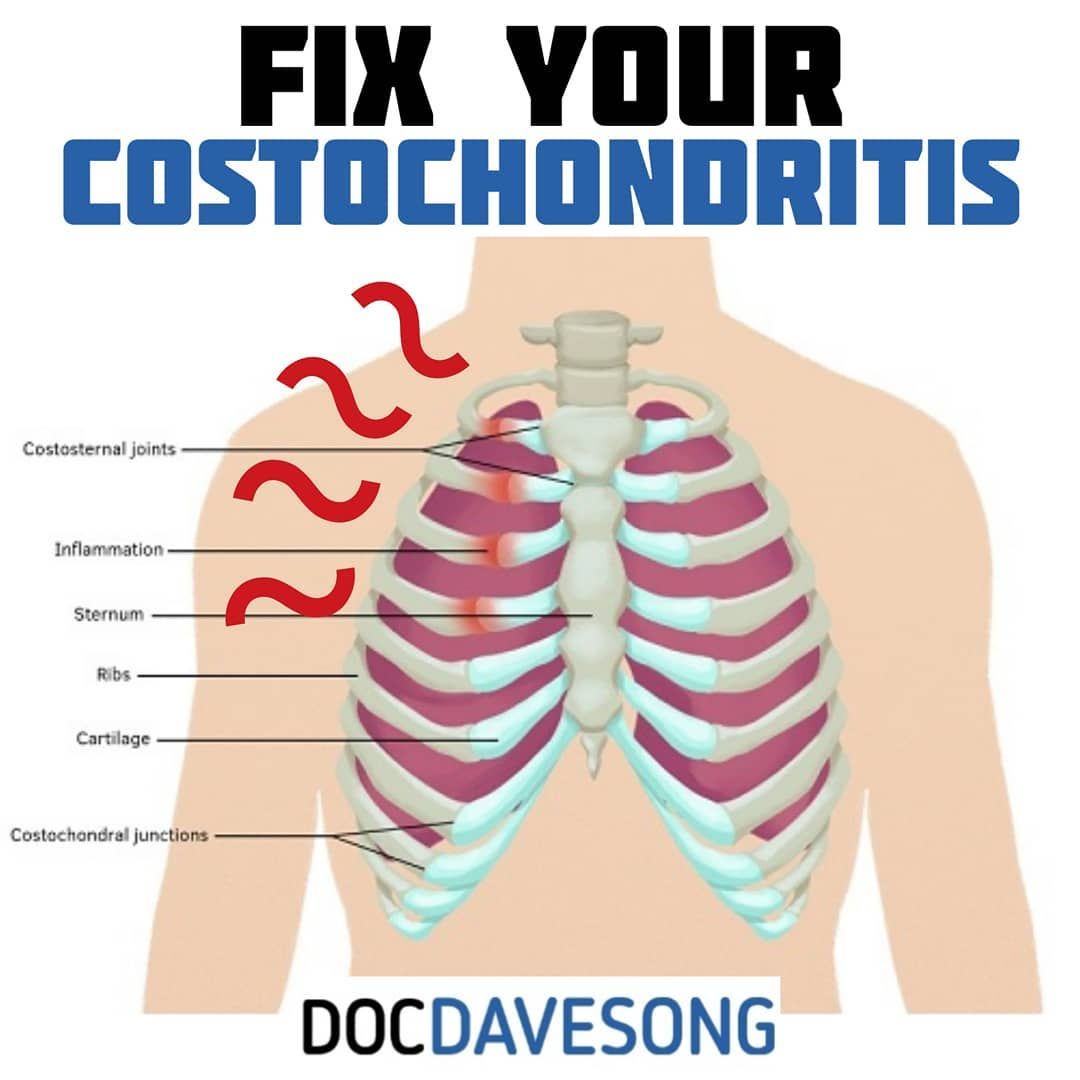Chest Lining Inflammation: Pleurisy – Symptoms and Causes
What is pleurisy? What are the symptoms and causes of pleurisy? Discover the anatomy of the pleura, history, evaluation, and treatment options for pleuristic chest pain.
Understanding the Pleural Anatomy
The pleura is a thin, double-layered membrane that surrounds the lungs. The visceral pleura covers the surface of the lungs, while the parietal pleura lines the inside of the chest cavity. These two layers are separated by a small amount of pleural fluid, which allows the lungs to slide smoothly against the chest wall during breathing.
The History of Pleurisy
Pleurisy, or inflammation of the pleura, has a long history dating back to the 5th century B.C. Hippocrates first described “pleuritis” as a condition characterized by chest pain, fever, and difficulty breathing. Over the centuries, the understanding of pleurisy has evolved, with Galen linking it to inflammation of the lung lining and Morgagni distinguishing it from lung tissue disease.
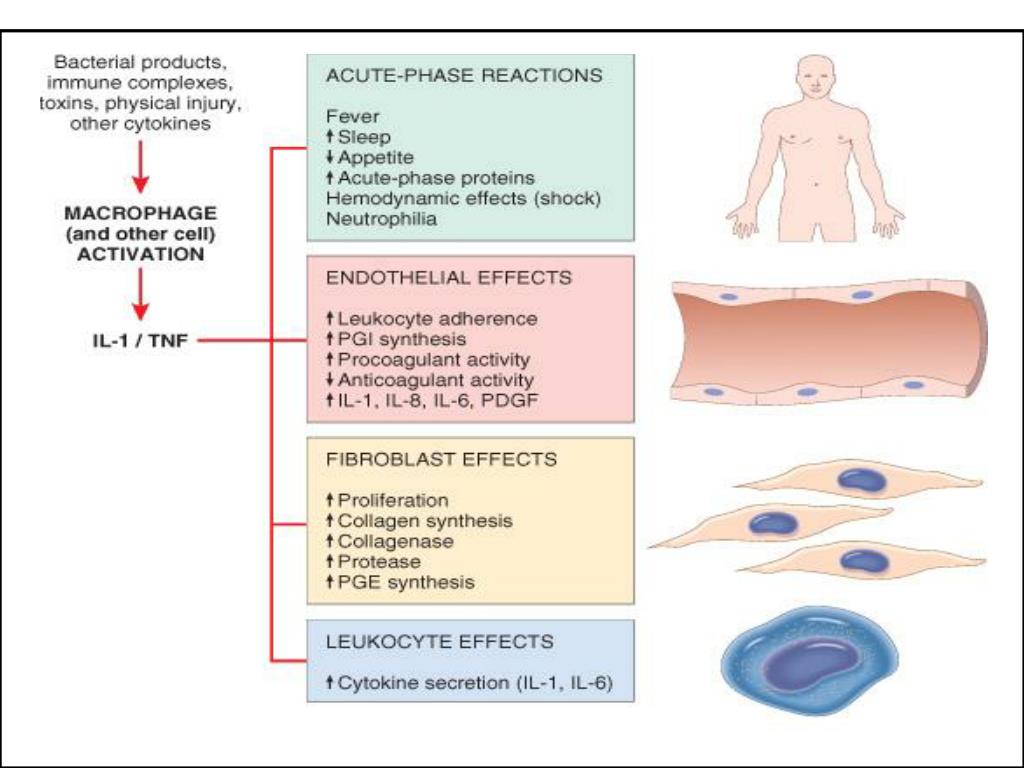
Causes of Pleurisy
Pleurisy can be caused by a primary pleural disease or can be secondary to a systemic illness. Common causes include viral or bacterial infections, autoimmune disorders, malignancies, and trauma. The inflammation of the pleura can lead to the accumulation of fluid between the layers, further exacerbating the pain and discomfort.
Symptoms of Pleuritic Chest Pain
The hallmark symptom of pleurisy is a sharp, stabbing pain in the chest that worsens with breathing, coughing, or sneezing. Patients may also experience fever, shortness of breath, and a dry cough. The location of the pain can vary depending on the area of the pleura affected.
Evaluating Pleuritic Chest Pain
Diagnosing pleurisy often involves a comprehensive medical history, physical examination, and various diagnostic tests. These may include imaging studies, such as X-rays, CT scans, or ultrasound, as well as laboratory tests to identify the underlying cause.
Treatment Options for Pleurisy
The management of pleurisy typically involves addressing the underlying cause and providing symptomatic relief. Medications such as non-steroidal anti-inflammatory drugs (NSAIDs), corticosteroids, or pain relievers may be prescribed. In some cases, drainage of excess pleural fluid or other interventions may be necessary.

The Role of the Interprofessional Team
Treating pleurisy requires a collaborative effort from an interprofessional team, including physicians, nurses, and other healthcare professionals. This team approach helps ensure prompt diagnosis, appropriate treatment, and effective management of the condition, ultimately improving patient outcomes.
Pleurisy is a complex condition that can have significant implications for a patient’s health. By understanding the anatomy, history, causes, symptoms, and treatment options, healthcare professionals can provide comprehensive and effective care for individuals suffering from this condition.
What is the primary function of the pleural membranes and pleural fluid?
The primary function of the pleural membranes and pleural fluid is to allow for frictionless movement and sliding of the lung relative to the chest wall. The small amount of pleural fluid between the visceral and parietal pleura facilitates this smooth movement during breathing.
How does pleural fluid accumulate?
Pleural fluid accumulates when the inflow of fluid exceeds the rate of removal. This can occur due to increased capillary plasma filtration or impaired lymphatic drainage, leading to a buildup of fluid between the pleural layers.

What are the common causes of pleurisy?
Pleurisy can be caused by a variety of factors, including viral or bacterial infections, autoimmune disorders, malignancies, and trauma. The underlying inflammation of the pleura can lead to the accumulation of fluid, further exacerbating the pain and discomfort experienced by the patient.
What are the hallmark symptoms of pleuritic chest pain?
The primary symptom of pleurisy is a sharp, stabbing pain in the chest that worsens with breathing, coughing, or sneezing. Patients may also experience fever, shortness of breath, and a dry cough. The location of the pain can vary depending on the area of the pleura affected.
How is pleurisy diagnosed?
Diagnosing pleurisy often involves a comprehensive medical history, physical examination, and various diagnostic tests, such as imaging studies (X-rays, CT scans, ultrasound) and laboratory tests to identify the underlying cause.
What are the treatment options for pleurisy?
The management of pleurisy typically involves addressing the underlying cause and providing symptomatic relief. Medications such as NSAIDs, corticosteroids, or pain relievers may be prescribed. In some cases, drainage of excess pleural fluid or other interventions may be necessary.

How does the interprofessional team approach improve the treatment of pleurisy?
Treating pleurisy requires a collaborative effort from an interprofessional team, including physicians, nurses, and other healthcare professionals. This team approach helps ensure prompt diagnosis, appropriate treatment, and effective management of the condition, ultimately improving patient outcomes.
Pleurisy – StatPearls – NCBI Bookshelf
Continuing Education Activity
Pleurisy is a symptom characterized by localized chest pain caused by a disease-causing inflammation of the pleura. Pleurisy can be caused by a primary pleural disease or secondary to a systemic illness. It can lead to significant morbidity and mortality if not treated expediently. This activity provides an overview of the anatomy of the pleura followed by history, exam, etiologies, evaluation, and treatment of pleurisy. It reviews the role of an interprofessional team.
Objectives:
Identify the etiology pleurisy and pleuritic chest pain.
Review the evaluation of pleuritic chest pain.
Outline the management options available for pleurisy and pleuritic chest pain.
Discuss interprofessional team strategies for improving care coordination and communication to advance pleurisy and pleuritic chest pain treatment and improve outcomes.

Access free multiple choice questions on this topic.
Introduction
Pleurisy is a symptom characterized by localized chest pain caused by a disease-causing inflammation of the pleura. Pleurisy can be caused by a primary pleural disease or secondary to a systemic illness. Hippocrates first described “pleuritis” in the 5 century B.C. as “pain in his side, fever and shivering” accompanied by “orthopnea” and tachypnea.”[1] Different types of pleuritis were described, including “bilious,” “sanguineous,” and “dry.”[1] Location of the pain was also used to describe pleuritis in these early texts, e.g., “pleuritis in the back,” “extending along the spine and to the chest and groin,” etc.[1] The definition was then expanded by Galen, who tied Hippocrates’ ideas on pleuritis to inflammation of the lining of the lungs.[1] The lining of the lungs was referred to in these texts as the “hypezokos membrane.”[1] Galen also noted tachycardia in pleurisy and described it as a “hard pulse” that was noted to be “fast and frequent. “[1] In 1723, the term “pleurisy” came from an English translation of a text by Giorgio Baglivi in 1699.[2] Baglivi also describes a “hardness of the pulse” as “an infallible sign of all pleurisies” and additionally mentions. “fever, spitting, and pain-in-the-side.”[1][2] The more recent definition of pleurisy was by Giambattista Morgagni in 1961, who performed post-mortem examinations on patients suffering from pleurisy.[1][2] He defined “pleurisy” as disease-related primarily to the pleura and “peripneumony” as disease relating to the lung tissue.[1] Through his work, he discovered that these were not distinct entities and re-termed this “pleuripneumony.”[1][2] Laennec, who invented the stethoscope, added egophony to the definition of pleurisy. Laennec also reclassified the terminology and referred to “pleuritic” to denote inflammation of the pleura and “pleurisy” to refer to the disease that caused the inflammation.[1]
“[1] In 1723, the term “pleurisy” came from an English translation of a text by Giorgio Baglivi in 1699.[2] Baglivi also describes a “hardness of the pulse” as “an infallible sign of all pleurisies” and additionally mentions. “fever, spitting, and pain-in-the-side.”[1][2] The more recent definition of pleurisy was by Giambattista Morgagni in 1961, who performed post-mortem examinations on patients suffering from pleurisy.[1][2] He defined “pleurisy” as disease-related primarily to the pleura and “peripneumony” as disease relating to the lung tissue.[1] Through his work, he discovered that these were not distinct entities and re-termed this “pleuripneumony.”[1][2] Laennec, who invented the stethoscope, added egophony to the definition of pleurisy. Laennec also reclassified the terminology and referred to “pleuritic” to denote inflammation of the pleura and “pleurisy” to refer to the disease that caused the inflammation.[1]
Pleural Anatomy
Two layers of pleura separate the lung and inner chest wall. Visceral pleura surrounding the lung tissue and is composed of a single mesothelial cell layer. They receive blood supply from the bronchial arteries supplying lung. The parietal pleura lines the inner chest wall, and in contrast to the visceral pleura, it contains stomata that drain pleural fluid to lymphatic capillaries in the loose connective tissue, which also contains systemic blood vessels and nerves. The lymphatics drain into their regional lymph nodes along the sternum or vertebra, and eventually into the thoracic and right lymphatic ducts. The lymphatics are 10um-12um in diameter, large enough to accommodate intact erythrocytes.
Visceral pleura surrounding the lung tissue and is composed of a single mesothelial cell layer. They receive blood supply from the bronchial arteries supplying lung. The parietal pleura lines the inner chest wall, and in contrast to the visceral pleura, it contains stomata that drain pleural fluid to lymphatic capillaries in the loose connective tissue, which also contains systemic blood vessels and nerves. The lymphatics drain into their regional lymph nodes along the sternum or vertebra, and eventually into the thoracic and right lymphatic ducts. The lymphatics are 10um-12um in diameter, large enough to accommodate intact erythrocytes.
The normal volume of pleural fluid is 0.1 to 0.2 mL/kg, with an influx of 0.5 mL/hr in adults. The maximal removal rate, calculated from instilling artificial pleural effusion into a bovine model, is 0.28 mL/kg/hr. Pleural fluid accumulates when the inflow exceeds removal (increased capillary plasma filtration) or if the rate of removal is impaired (blockage of lymphatic drainage).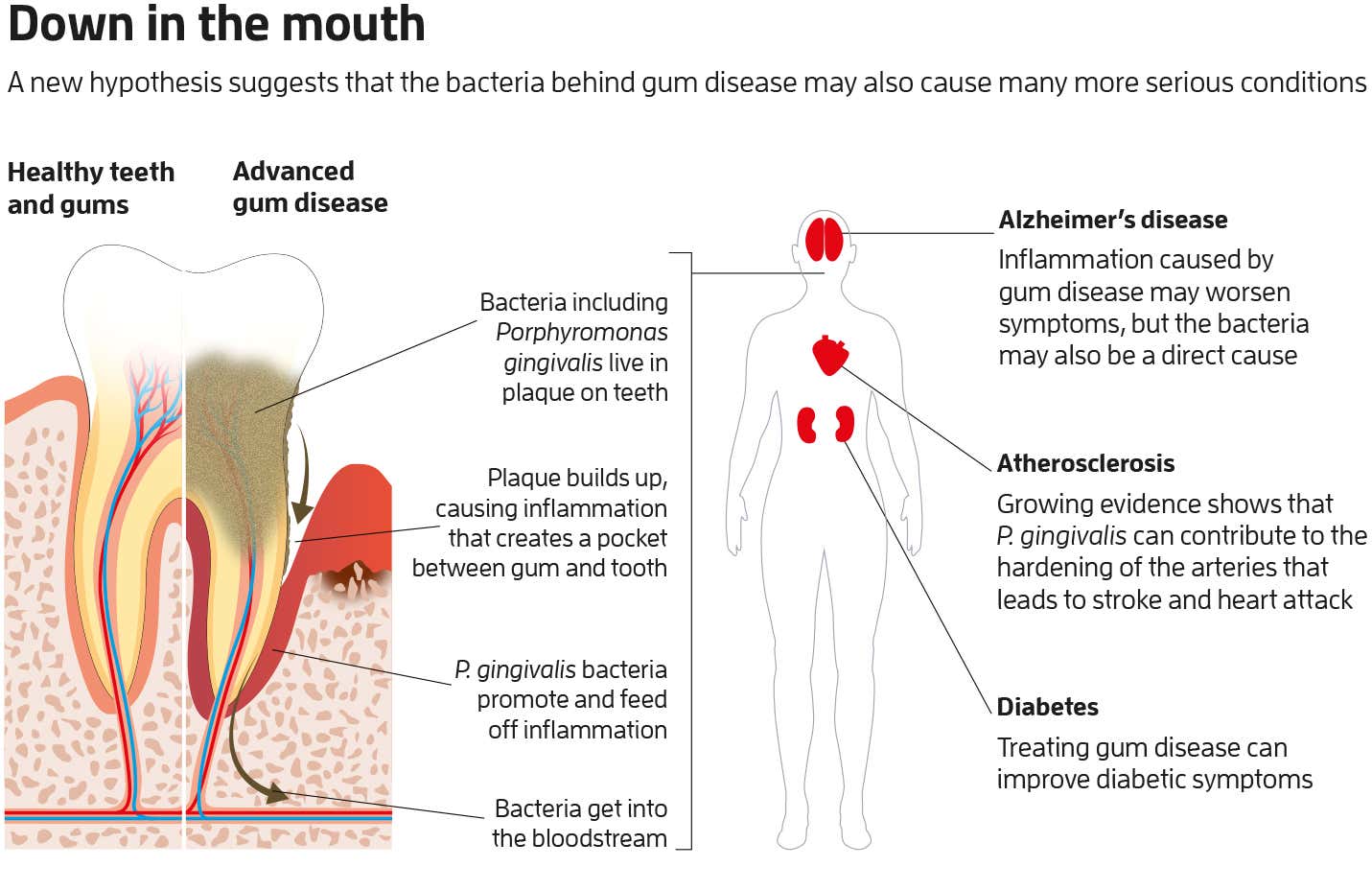 The normal amount of pleural fluid separates the two pleura by 10 to 20 micrometers, except at the hilum of the lung where they are contiguous. The parietal pleura has connective tissue and is innervated by sensory nerve fibers, while the visceral pleura lacks connective tissue and is innervated by the vagus nerve, hence insensitive to pain. The parietal pleura in the central diaphragmatic region is supplied predominantly by the phrenic nerve, the involvement of which may cause referred pain to the ipsilateral shoulder. The other areas of the parietal pleura are supplied by the intercostal nerves of the corresponding intercostal spaces.
The normal amount of pleural fluid separates the two pleura by 10 to 20 micrometers, except at the hilum of the lung where they are contiguous. The parietal pleura has connective tissue and is innervated by sensory nerve fibers, while the visceral pleura lacks connective tissue and is innervated by the vagus nerve, hence insensitive to pain. The parietal pleura in the central diaphragmatic region is supplied predominantly by the phrenic nerve, the involvement of which may cause referred pain to the ipsilateral shoulder. The other areas of the parietal pleura are supplied by the intercostal nerves of the corresponding intercostal spaces.
The primary function of the pleural membranes and pleural fluid is to allow for frictionless movement/sliding of the lung relative to the chest wall. On inspiration, a negative pressure caused by the outward movement of the chest cavity and the downward excursion of the diaphragm is transmitted to the pleural space leading to lung expansion. It generates a negative pressure relative to atmospheric pressure. This gradient allows atmospheric air to enter into the lungs.
This gradient allows atmospheric air to enter into the lungs.
Etiology
Pleural inflammation can occur in a variety of conditions. The hyperacute onset of pleurisy (minutes to hours) occurs in emergencies such as pneumothorax, acute coronary syndromes, pulmonary emboli, acute pericarditis, and chest wall trauma.[3] Acute and hyperacute causes generally present with tachypnea and dyspnea.[3] Viral and bacterial pneumonia-causing synpneumonic pleurisy can also develop over hours to days.[3] Parapneumonic effusions occur in 20 to 40% of hospitalized patients with pneumonia.[3][4] Thoracentesis is recommended for any new onset effusion, especially those associated with suspected pneumonia.[3][4] Recurrent pleuritis can occur in Familial Mediterranean fever, thoracic endometriosis, and recurrent spontaneous pneumothoraces.[5]
Rheumatoid arthritis, malignancy, or tuberculosis are typical examples of subacute or chronic pleurisy (days to weeks). [3] Metastases to the pleura is more common than primary pleural tumors such as pleural lymphomas, a solitary fibrous tumor of the pleura, angiosarcoma of the pleura, pleuropulmonary blastoma and synovial sarcoma, all of which may also present with pleuritic pain. [6] Mesothelioma is a rare cause of pleurisy, occurs in men over the age of 60 years who have a history of occupational asbestos-exposure and causes chronic, severe, and refractory pleural pain.[7]
[6] Mesothelioma is a rare cause of pleurisy, occurs in men over the age of 60 years who have a history of occupational asbestos-exposure and causes chronic, severe, and refractory pleural pain.[7]
Epidemiology
The epidemiology depends on the cause of pleuritis or pleurisy. The causes of pleurisy vary depending on geographic, demographic, occupational, comorbid, and other host factors.
History and Physical
Pleuritis is characterized by sharp and localized thoracic or shoulder pain. It is exacerbated by respiratory movements, coughing, sneezing, or chest wall/trunk movement. Pain characteristics can be dull aching, burning, or simply as a “catch.” Duration and recurrence of symptoms may be helpful in determining the cause. As in the other causes of chest pain, diagnosis of the cause of pleurisy relies heavily on the history and physical exam.
The acuity of the onset (e.g., hyperacute – pulmonary embolism, primary spontaneous pneumothorax, and traumatic pleural inflammation/traumatic pneumothorax), duration, and progression of symptoms are useful in establishing a differential diagnosis. A comprehensive medical history may help to uncover underlying systemic illness such as systemic lupus erythematosus, human immunodeficiency virus infection, tuberculosis infection.
A comprehensive medical history may help to uncover underlying systemic illness such as systemic lupus erythematosus, human immunodeficiency virus infection, tuberculosis infection.
Social history, including travel history, tobacco/electronic cigarette use, alcohol use history, illicit (specifically intravenous) drug use history may provide clues to the underlying cause of pleurisy. Dullness to percussion and diminished breath sounds and vocal/tactile resonance in the affected hemithorax differentiates effusion from a pneumothorax (resonant to percussion). A pleural rub can be heard in auscultation during inspiration and may also be palpable, and is differentiated from a pericardial friction rub that is audible in both inspiration and expiration and can still be heard with the cessation of respiratory movements.
Evaluation
Because chest pain is the most common symptom at presentation, it is left-sided, then evaluation for an acute coronary syndrome is important. A careful history, electrocardiogram, and serum troponin should be considered if clinical suspicion prevailed.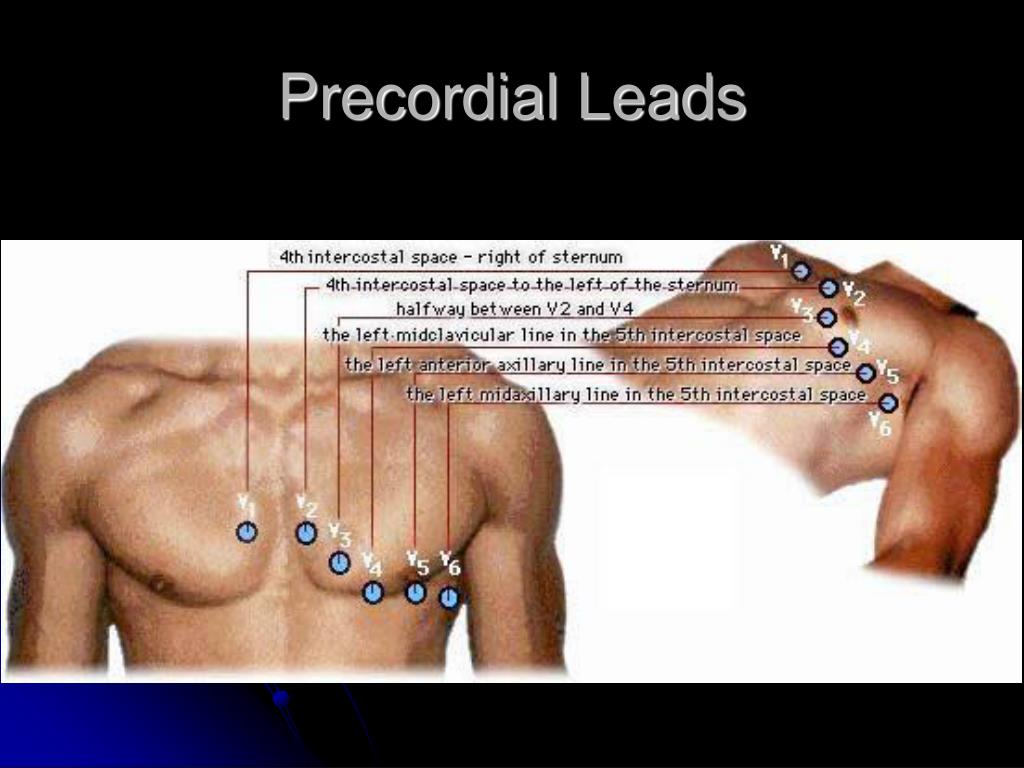 Though pleuritic chest pain is not the typical presentation of ischemic heart disease, it can occur in acute pericarditis and aortic dissection, both of which can cause localized substernal pain or referred pain to the shoulder.
Though pleuritic chest pain is not the typical presentation of ischemic heart disease, it can occur in acute pericarditis and aortic dissection, both of which can cause localized substernal pain or referred pain to the shoulder.
A chest radiograph may help to identify lung consolidation, pleural effusion, or pneumothorax. Laboratory testing should include complete blood counts, a metabolic panel including serum protein, albumin, and lactate dehydrogenase. If acute pancreatitis related pancreatic pleurisy and effusion are suspected then, serum lipase may be considered. If a pleural or pericardial effusion is present, a sample of the fluid should be obtained and sent for pH, glucose, cell count, lactate dehydrogenase, and bacterial Gram stain and cultures.
A chest X-ray can be helpful, but smaller nodules and loculated or minimal pleural effusions may be missed. A computed tomography(CT) of the chest may be necessary for better assessment for pneumothorax, acute pulmonary embolism (with intravenous contrast), and pulmonary nodules/masses.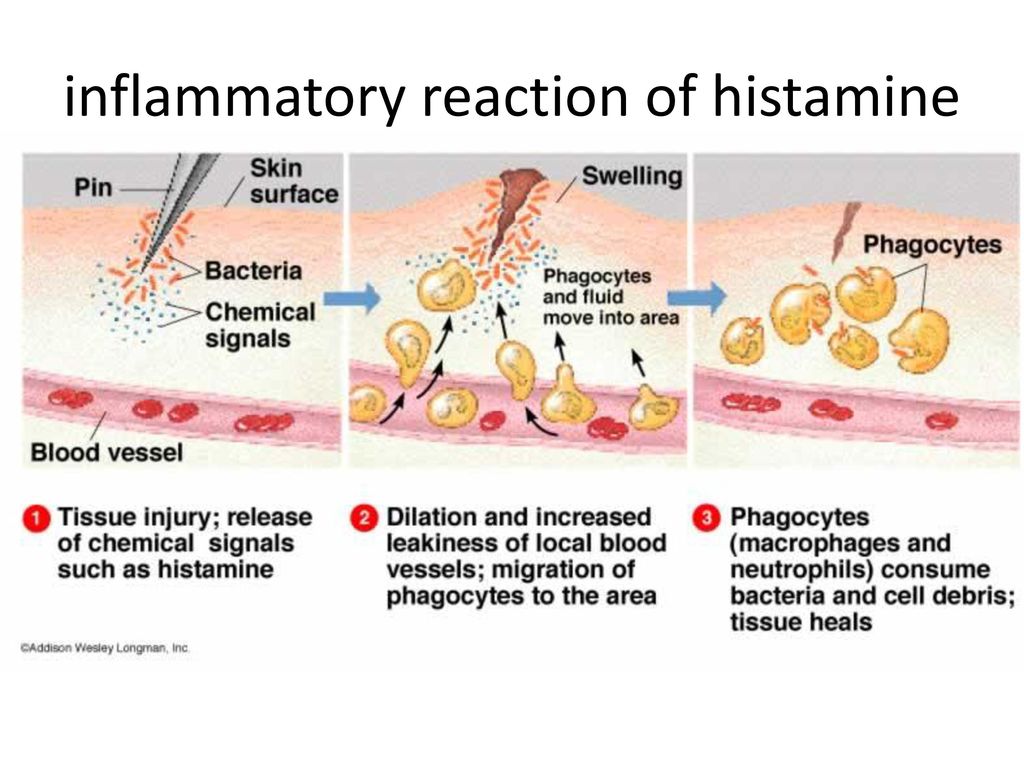 The apparent involvement of the pleura should prompt pleural fluid cytological evaluation for malignant cells.
The apparent involvement of the pleura should prompt pleural fluid cytological evaluation for malignant cells.
Treatment / Management
Treatment depends on the cause. Acute coronary syndromes should be managed per local expert cardiologist’s guidance. Aortic dissections, especially type A (ascending aorta), should prompt emergent cardiovascular surgery consultation. If a pneumothorax is present, immediate evacuation of the air should be undertaken in patients with large pneumothorax (>2 cm from the chest wall at the level of the hilum), hemodynamic instability, new oxygen requirement, significant dyspnea or in those without a known underlying lung disease (secondary spontaneous pneumothorax) or trauma (traumatic pneumothorax).[8] Options include a needle aspiration (non-inferior to tube thoracostomy) for hemodynamically stable primary spontaneous pneumothorax)and tube thoracostomy for hemodynamic unstable, secondary spontaneous pneumothoraces, traumatic pneumothoraces or hemopneumothoraces.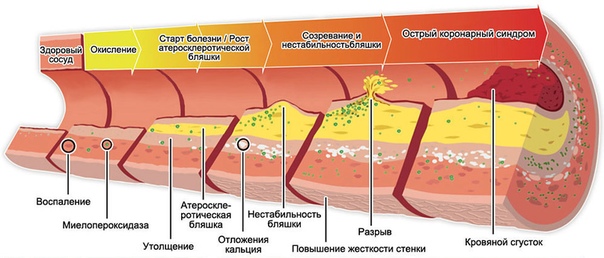 [9][10][11][8]
[9][10][11][8]
Pulmonary embolism can be treated through multiple modalities, including home treatment with anticoagulants, inpatient initiation of anticoagulants, systemic fibrinolytic medications, catheter-directed fibrinolytic medications. The main determinants of in-hospital versus out-of-hospital management include oxygen requirement, the severity of pain, signs of right heart strain CT pulmonary angiography or echocardiogram, impending or apparent hemodynamic compromise despite volume resuscitation, social conditions which may impede immediate follow-up or comorbid acute or chronic conditions which may warrant hospitalization.[12]
The treatment and analysis of pleural fluid in the case of pleural effusion depends on the size and imaging characteristics of the effusion. Categories of pleural effusion have been proposed based on the radiographic characteristics, culture, and chemistry values from the pleural fluid.
Category 1 pleural effusions are less than 10 mm on lateral decubitus film.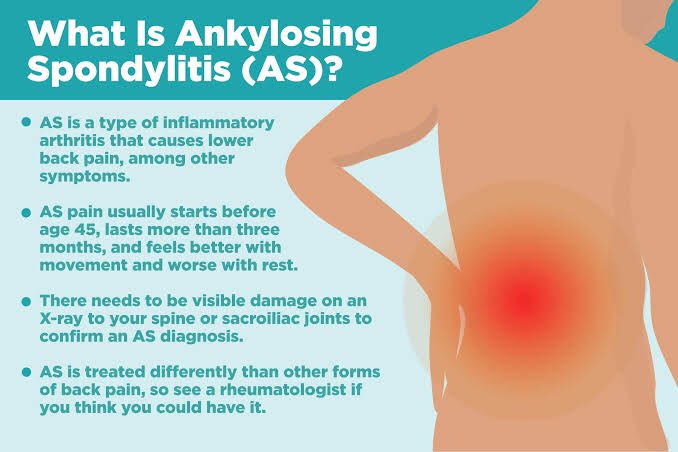 [13] Category 1 pleural effusions are very low risk for poor outcomes and are generally not recommended to be sampled.
[13] Category 1 pleural effusions are very low risk for poor outcomes and are generally not recommended to be sampled.
Category 2 pleural effusions are >10 mm but less than half of the hemithorax.[13] Category 2 to 4 pleural effusions are recommended to have diagnostic thoracentesis performed, and empyema ruled out (must have negative culture, gram stain, and a pH>7.20). A category 3 effusion involves more than half of the hemithorax, loculations noted within the pleural space, or thickening of the parietal pleura.[13]
A category 3 effusion may also be defined as a pH of <7.20 or a positive gram stain/culture (empyema).[13] Category 4 effusions are defined by purulent material on thoracentesis.[13] Category 3 and 4 effusions are recommended to have thoracostomy drainage.[13] Empyema, or category 4 effusions, may require surgical evacuation and decortication. Due to the high mortality of the categories 3 and 4 pleural effusions (30%), additional methods for the complete drainage of the infected pleural fluid include intrapleural fibrinolytic followed by drainage and/or surgical decortication. [14] The MIST 2 trial compared intrapleural placebo, intrapleural DNase, intrapleural tPA, and combination tPA/DNAse in patients with category 3 or 4 effusions.
[14] The MIST 2 trial compared intrapleural placebo, intrapleural DNase, intrapleural tPA, and combination tPA/DNAse in patients with category 3 or 4 effusions.
The combination of tPA/DNase showed significant improvements in hospital length of stay, effusion size on x-ray, and referral for surgery within 3 months compared to placebo.[14] The tPA alone and DNase alone groups did not show significant changes in hospital length of stay or effusion size on X-ray compared to placebo.[14] The DNase alone group showed an increase in surgical referral within 3 months compared to placebo.[14]
Differential Diagnosis
The most important disease states to evaluate in the setting of pleuritic pain are acute coronary syndromes, aortic dissection, pneumothorax, pericardial effusion/tamponade, and pulmonary embolism. Once these have been evaluated with imaging and serum chemistry, other considerations would be pleural effusions, pericarditis, pulmonary infectious processes, or intrathoracic malignancies.
Prognosis
The prognosis of pleurisy and pleuritic chest pain depends on the etiology and effectiveness of treatment. Acute coronary syndromes, aortic dissection, pneumothorax, pulmonary embolism carry high morbidity and mortality if left untreated. Category 3 and 4 pleural effusion (alternatively known as complicated parapneumonic effusion or empyema) have a high mortality rate (30%) and high morbidity if left untreated or are treated suboptimally. Lupus pleuritis does not have high mortality but has significant morbidity.[15] Lupus pleuritis occurs in 43% of patients with systemic lupus erythematosus at some point in the course of their disease.[16] Malignant pleural disease has a very poor prognosis with one series reporting a median survival of 13 months after the time of diagnosis.[7]
Complications
Parapnuemonic effusions and empyemas may result in pleural thickening leading to trapped lung, recurrent pneumonia, bloodstream infections if not adequately evacuated. Malignant effusions may also lead to pleural thickening and fibrosis which may result in restrictive lung disease. Pulmonary emboli may lead to pulmonary hypertension, which can lead to chronic dyspnea, exertional intolerance, or hypoxemia. Pulmonary emboli may also lead to death or prolonged hospitalization if not treated in a timely manner.
Malignant effusions may also lead to pleural thickening and fibrosis which may result in restrictive lung disease. Pulmonary emboli may lead to pulmonary hypertension, which can lead to chronic dyspnea, exertional intolerance, or hypoxemia. Pulmonary emboli may also lead to death or prolonged hospitalization if not treated in a timely manner.
Consultations
Acute coronary syndromes, pericarditis, and pericardial effusions may warrant cardiology consultation. Pneumothorax, pleural effusion (especially complicated pleural effusion and empyema), lung masses, pulmonary embolism may warrant pulmonary or thoracic surgery consultation.
Enhancing Healthcare Team Outcomes
Pleuritis and pleurisy require an interprofessional approach. The treatment requires a broad differential diagnosis and exclusion of the emergent causes of pleurisy. History, physical examination, laboratory, and radiological evaluation provide useful diagnostic information.[3] Validated risk scores for coronary disease and pulmonary emboli are available and should be used to refine the list of differential diagnoses. The treatment and prognosis of pleurisy depend on the etiology. Pain control should be generally be attempted with non-steroidal anti-inflammatory drugs until the cause can be determined.[3]
The treatment and prognosis of pleurisy depend on the etiology. Pain control should be generally be attempted with non-steroidal anti-inflammatory drugs until the cause can be determined.[3]
Review Questions
Access free multiple choice questions on this topic.
Comment on this article.
References
- 1.
Wilson A. On the history of disease-concepts: the case of pleurisy. Hist Sci. 2000 Sep;38 Pt 3(121):271-319. [PubMed: 11624656]
- 2.
Cohen HK, Luther A, Hart CA. Confusing medical terms: disease that may or may not exist. QJM. 2013 Jul;106(7):617-21. [PubMed: 23525161]
- 3.
Reamy BV, Williams PM, Odom MR. Pleuritic Chest Pain: Sorting Through the Differential Diagnosis. Am Fam Physician. 2017 Sep 01;96(5):306-312. [PubMed: 28925655]
- 4.
Shebl E, Paul M. StatPearls [Internet]. StatPearls Publishing; Treasure Island (FL): Aug 8, 2022. Parapneumonic Pleural Effusions And Empyema Thoracis.
 [PubMed: 30485002]
[PubMed: 30485002]- 5.
de Paula MC, Escuissato DL, Belém LC, Zanetti G, Souza AS, Hochhegger B, Nobre LF, Marchiori E. Focal pleural tumorlike conditions: nodules and masses beyond mesotheliomas and metastasis. Respir Med. 2015 Oct;109(10):1235-43. [PubMed: 26094051]
- 6.
Attanoos RL, Pugh MR. The Diagnosis of Pleural Tumors Other Than Mesothelioma. Arch Pathol Lab Med. 2018 Aug;142(8):902-913. [PubMed: 30040453]
- 7.
Saunders J, Ashton M, Hall C, Laird B, MacLeod N. Pain management in patients with malignant mesothelioma: challenges and solutions. Lung Cancer (Auckl). 2019;10:37-46. [PMC free article: PMC6450333] [PubMed: 31037036]
- 8.
MacDuff A, Arnold A, Harvey J., BTS Pleural Disease Guideline Group. Management of spontaneous pneumothorax: British Thoracic Society Pleural Disease Guideline 2010. Thorax. 2010 Aug;65 Suppl 2:ii18-31. [PubMed: 20696690]
- 9.
Tan J, Chen H, He J, Zhao L.
 Needle Aspiration Versus Closed Thoracostomy in the Treatment of Spontaneous Pneumothorax: A Meta-analysis. Lung. 2020 Apr;198(2):333-344. [PubMed: 31927656]
Needle Aspiration Versus Closed Thoracostomy in the Treatment of Spontaneous Pneumothorax: A Meta-analysis. Lung. 2020 Apr;198(2):333-344. [PubMed: 31927656]- 10.
Wang C, Lyu M, Zhou J, Liu Y, Ji Y. Chest tube drainage versus needle aspiration for primary spontaneous pneumothorax: which is better? J Thorac Dis. 2017 Oct;9(10):4027-4038. [PMC free article: PMC5723764] [PubMed: 29268413]
- 11.
Zhu P, Xia H, Sun Z, Zhu D, Deng L, Zhang Y, Zhang H, Wang D. Manual aspiration versus chest tube drainage in primary spontaneous pneumothorax without underlying lung diseases: a meta-analysis of randomized controlled trials. Interact Cardiovasc Thorac Surg. 2019 Jun 01;28(6):936-944. [PubMed: 30608581]
- 12.
Pruszczyk P, Konstantinides S. Where to treat patients with acute pulmonary embolism? Kardiol Pol. 2020 Jan 24;78(1):15-19. [PubMed: 31939451]
- 13.
Light RW. Parapneumonic effusions and empyema. Proc Am Thorac Soc.
 2006;3(1):75-80. [PubMed: 16493154]
2006;3(1):75-80. [PubMed: 16493154]- 14.
Rahman NM, Maskell NA, West A, Teoh R, Arnold A, Mackinlay C, Peckham D, Davies CW, Ali N, Kinnear W, Bentley A, Kahan BC, Wrightson JM, Davies HE, Hooper CE, Lee YC, Hedley EL, Crosthwaite N, Choo L, Helm EJ, Gleeson FV, Nunn AJ, Davies RJ. Intrapleural use of tissue plasminogen activator and DNase in pleural infection. N Engl J Med. 2011 Aug 11;365(6):518-26. [PubMed: 21830966]
- 15.
Pines A, Kaplinsky N, Olchovsky D, Rozenman J, Frankl O. Pleuro-pulmonary manifestations of systemic lupus erythematosus: clinical features of its subgroups. Prognostic and therapeutic implications. Chest. 1985 Jul;88(1):129-35. [PubMed: 3924488]
- 16.
So C, Imai R, Tomishima Y, Nishimura N. Bilateral Pleuritis as the Initial Symptom of Systemic Lupus Erythematosus: A Case Series and Literature Review. Intern Med. 2019 Jun 01;58(11):1617-1620. [PMC free article: PMC6599940] [PubMed: 30713311]
Disclosure: Michael Hunter declares no relevant financial relationships with ineligible companies.

Disclosure: Hariharan Regunath declares no relevant financial relationships with ineligible companies.
Symptoms, causes, treatments, diagnosis, and prevention
Pleurisy is an inflammation of the lung’s outer lining. It can cause a sharp, stabbing pain in the chest or shoulder when taking a deep breath. The severity can range from mild to life threatening.
The tissue, called the pleura, between the lungs and the rib cage can become inflamed. This issue is called pleurisy.
Pleurisy often results from an infection. Sometimes, it stems from other medical conditions or trauma to the chest.
In many cases, pleurisy is mild and resolves without treatment. This makes it difficult for experts to estimate how common the condition is.
This article looks at the symptoms, treatments, causes, and complications of pleurisy.
The pleura are the tissues that cover the inside of the chest cavity and the outside of the lungs. Between the pleura is a gap called the pleural space.
Between the pleura is a gap called the pleural space.
A small amount of fluid fills the pleural space. When the person breathes in, this fluid allows the pleura to glide smoothly against one another.
In a person with pleurisy, the pleura become inflamed and rub together, causing chest pain.
Pleurisy can develop rapidly due to a health emergency, such as:
- a collapsed lung, which is called pneumothorax
- heart problems
- trauma to the chest
People can also have chronic pleurisy, which lasts for days to weeks. This might result from an infection, such as tuberculosis (TB), or another health issue, such as rheumatoid arthritis or cancer.
Pleurisy is only contagious if it results from a contagious infection, such as TB.
The most characteristic symptom of pleurisy is sharp, stabbing pain in the chest or shoulder. Some people report dull aching or burning pain.
The pain gets worse when the person is:
- breathing deeply
- coughing
- sneezing
- moving their chest or trunk
Also, a person usually has additional symptoms of the health issue responsible for the pleurisy.
Monitoring the duration, progression, and reoccurrence of pleurisy can help the doctor find the cause.
A variety of issues can cause pleurisy. In many cases, it is a complication of another medical condition.
The most common cause of pleurisy is a viral infection, such as the flu. Pleurisy develops when the infection spreads to the pleural cavity.
Other causes of pleurisy include:
- bacterial infections, such as pneumonia or TB
- rheumatoid arthritis, lupus, and other autoimmune conditions
- a chest injury
- a blood clot in the lung, called a pulmonary embolism
- a pleural tumor
- lung cancer
When bacterial pneumonia was more widespread, pleurisy was a common complication. It has occurred less frequently since the introduction of antibiotics.
Cigarette smoking is unlikely to cause pleurisy directly, but it can cause coughing and worsen pleurisy symptoms.
A doctor can diagnose pleurisy with a physical examination and by asking about recent and general medical history. They then investigate the cause of the inflammation.
They then investigate the cause of the inflammation.
During the physical exam, the doctor may be able to hear the pleural membranes rubbing together, using a stethoscope. This sound is called a pleural friction rub.
Doctors can also diagnose pleurisy with imaging tests, such as CT or MRI scans. They can also order chest X-rays, which can show a previously undetected rib injury or signs of infection.
If a person has plural effusion, the doctor might use a needle to take a fluid sample for testing. This procedure is called thoracentesis.
They may also order blood tests to check for autoimmune disorders or a biopsy to test for cancer.
Pleurisy is treatable, and with treatment the prognosis is good, but it can cause complications that can be dangerous, such as:
Pleural effusion
This is a buildup of fluid in the pleural cavity.
The buildup may push the pleural membranes apart and partly relieve the pain caused by the pleura rubbing together. However, it may push against the lung and diaphragm, making breathing more difficult and causing shortness of breath.
However, it may push against the lung and diaphragm, making breathing more difficult and causing shortness of breath.
A doctor needs to determine the cause of a pleural effusion, which might require them to remove the fluid for diagnostic purposes, as well as to relieve the symptoms.
If a person with pleurisy has a pleural effusion, the cause may be a clot in the lungs, which can impair blood flow.
Pneumothorax
A collapsed lung is called pneumothorax, and it can follow trauma to the chest wall. The collapse of one or both lungs can lead to a buildup of air or gas in the pleural cavity.
The most common symptom is sudden pain in one side and shortness of breath. Treatment usually involves inserting a needle or tube to remove the excess air.
Hemothorax
Hemothorax is a buildup of blood in the pleural cavity. This most often occurs after trauma to the chest.
Treatment involves draining the blood and any air from the pleural cavity.
Detecting and managing the underlying health problem quickly may prevent pleurisy from developing.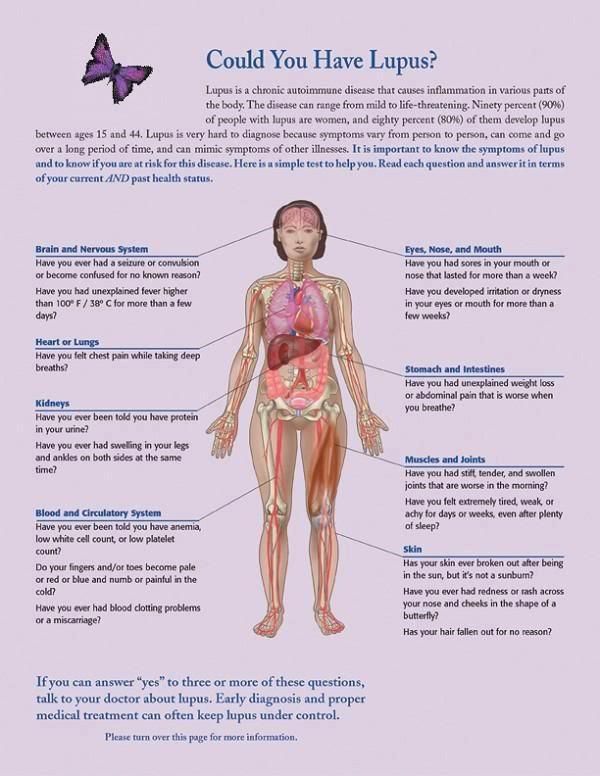
For example, an early diagnosis and timely treatment of an infection may either prevent fluid from building up in the pleural cavity or minimize levels of inflammation.
Because chest pain, the most common symptom of pleurisy, is general, the issue can be difficult to diagnose.
Getting plenty of rest and maintaining a healthful diet can also help prevent issues such as pleurisy from developing in response to an illness.
Pleurisy is inflammation of the tissues that line the outside of the lungs and the inner chest wall.
The main symptom is chest pain and sometimes shoulder pain, and the most common cause is a viral infection, though other health issues can be responsible.
Treatment aims to ease the pain and treat the underlying cause.
symptoms, treatment at the Zhivago veterinary clinic
Abscess in cats, dogs
Abscess is a limited area of suppuration that leads to pain, fever and weakness. Inflammation is often preceded by the penetration of bacteria into the wound from the environment or secondarily through the blood. ..
..
Acne: acne in cats
Acne in cats is a common occurrence that can be complicated by dermatitis, scratching and suppuration. If you notice acne in your pet, it is advisable to visit a doctor and do a scraping to rule out dangerous infections and subsequent complications…
Feline actinomycosis
Actinomycosis is a disease in animals in which abscesses (abscesses) are formed mainly on the neck or lower jaw, which are caused by a fungus from the genus Actinomycetes …
Alopecia (baldness) of cats: causes and treatment
this is excessive hair loss with the appearance of open areas of skin on the body of the animal, on which there is almost no hair …
Ascites in cats: causes, treatment life…
Rabies in cats: how to recognize the disease of an animal
Rabies is a dangerous disease that leads to the death of an animal. It is caused by the Rabiesvirus virus, which causes inflammation of the brain and provokes severe mental disorders.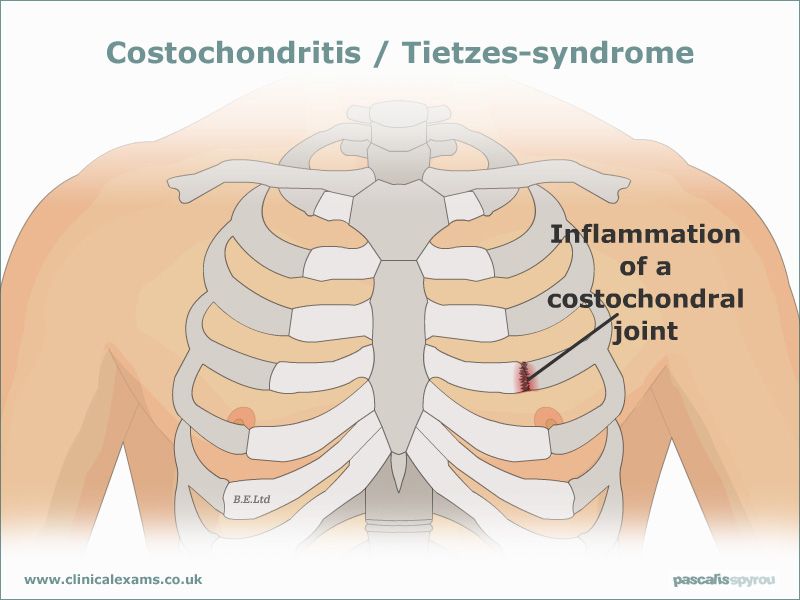 ..
..
Hematuria in cats: causes, treatment regimen
If blood or blood clots are noticed in the urine of your furry pets, do not hesitate. This is a sign of hematuria…
Herpes in cats, dogs
Herpes is an acute or chronic disease that affects the mucous membranes in animals and is accompanied by systemic manifestations…
Glaucoma in dogs, cats and the cornea becomes cloudy, local symptoms appear …
Demodicosis in cats, dogs
Cats and dogs often suffer from such a disease as demodicosis. It is caused by Demodex mites, which infect the pet’s skin, causing severe irritation and hair loss…
Dermatitis in dogs, cats
Dermatitis is a common disease in cats and dogs. It is provoked by disorders of various nature, due to which severe itching and irritation of the skin appears …
Fatty liver in cats
Cats and cats of all breeds and of any age are susceptible to this disease. Characterized by accumulation of fat in the liver. ..
..
Fleas in cats
Fleas are dangerous insects that feed on the blood of an infected animal. Thanks to their flattened body and rounded head, they can move quickly even in thick fur, and powerful and long hind legs enable them to jump long distances…
Calcivirosis in cats
Domestic cats often develop such an unpleasant disease as calcivirosis. It is a viral infection of the upper respiratory tract that can affect the mucous membranes of the oral cavity and is characterized by systemic manifestations…
Cataract in cats
Cataract is a dangerous disease in cats that can lead to blindness. Pathology is characterized by clouding of the lens capsule and a violation of its refractive power …
Keratitis in cats
Keratitis is common in cats – this is a lesion of the cornea, in which it becomes cloudy and ceases to function normally …
Conjunctivitis in cats
Pets often suffer from conjunctivitis, the disease also occurs in cats. Pets at any age are susceptible to it – kittens, young and adult individuals…
Pets at any age are susceptible to it – kittens, young and adult individuals…
Hepatitis in cats and dogs
Hepatitis is the defeat of liver cells by a virus that causes their death. In place of dead hepatocytes, connective tissue grows, which cannot perform the lost functions…
Gastritis in cats and dogs
Gastritis is an inflammation of the gastric mucosa that occurs under the influence of microbial agents or as a result of eating poor-quality food …
Hemobartonellosis in cats
Hemobartonellosis is an infectious disease accompanied by anemia. It is caused by various viruses that infect red blood cells and cause their death…
Worms in cats, dogs
Parasitic diseases in pets are quite common, especially if the pet roams freely on the street and comes into contact with other individuals…
Lichen in cats
Many people are familiar with such a disease in animals as lichen. The infection is common in cats and is characterized by loss of the skin up to baldness. ..
..
Feline cerebellar ataxia
Ataxia is a violation of coordination and voluntary movements. The cause of this condition is damage to the motor neurons of the brain …
Odor from the cat’s mouth
If the cat has an unpleasant smell from the mouth, you should think about the presence of diseases. It can be present all the time, appearing in the morning, afternoon or evening…
Cancer of the intestines in a cat
Malignant tumors of the intestines are rare, but they are severe and give extensive metastases. Such neoplasms provoke excruciating pain…
Blood cancer in cats
Blood cancer or leukemia is a lesion of the bone marrow by the FeLV retrovirus, resulting in the production of defective…
Lung cancer in cats
primary tumor – oncology is accompanied by shortness of breath and weakness, against which there is …
Breast cancer in cats – how to recognize the disease?
Breast cancer usually occurs at an older age when the animal is lactating. It has been scientifically proven that cats that have carried…
It has been scientifically proven that cats that have carried…
Chlamydia in cats
Chlamydia is an infection that primarily affects the conjunctiva of the eye. It is caused by the intracellular parasite Chlamydophila psittaci…
Cystitis in cats
When hypothermia or infection in cats may develop cystitis – inflammation of the bladder mucosa…
Enteritis in cats
One of the varieties of infectious diseases in cats is enteritis. This is a viral lesion of the gastrointestinal tract…
Encephalitis in cats
Encephalitis is an inflammation of the membranes of the brain, this disease is accompanied by general symptoms and manifests itself…
Treatment of epilepsy in cats
Epilepsy in cats is a dangerous pathology, which can seriously harm the animal. This is a neurological disease…
Stomach ulcer in a cat
In modern conditions, animals suffer from diseases of the digestive system and gastric ulcer occupies a leading position .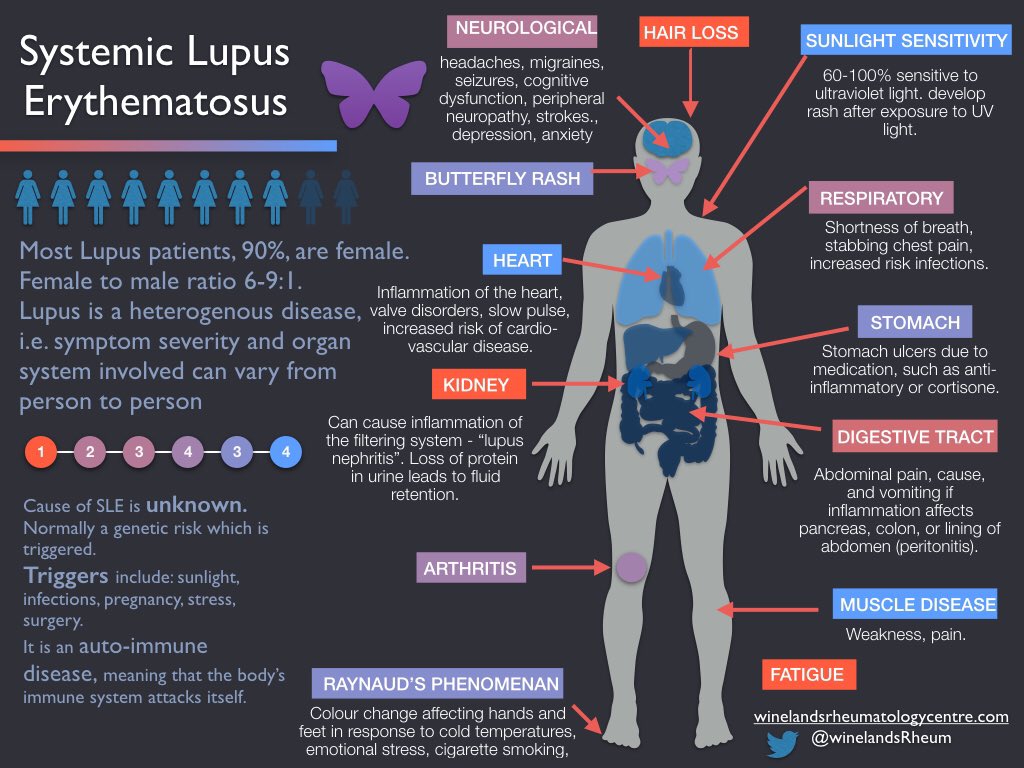 ..
..
Acne in dogs
Acne or pimples in dogs is not just a cosmetic defect, it is an inflammatory skin disease …
Actinomycosis in dogs
Actinomycosis is a dangerous infection that often develops in dogs. It is provoked by radiant fungi-actinomycetes…
Alopecia in dogs
Alopecia is a disease in which hair falls out until complete baldness. Pathological areas can be…
Get rid of fleas in dogs
Fleas are a common problem in dogs. Bloodsuckers not only cause discomfort, but also transmit dangerous parasites that an animal can get sick already at the first bite…
Calcivirosis in dogs
Calcivirosis is a pathology that even domestic dogs that receive due attention from their owners can suffer from…
Treatment of Cataracts in Dogs
Cataracts often lead to blindness and occur in dogs that are well cared for. When sick …
Treatment of keratitis in dogs
Keratitis is a disease in which ulcers appear on the cornea, resulting in irritation and an inflammatory reaction.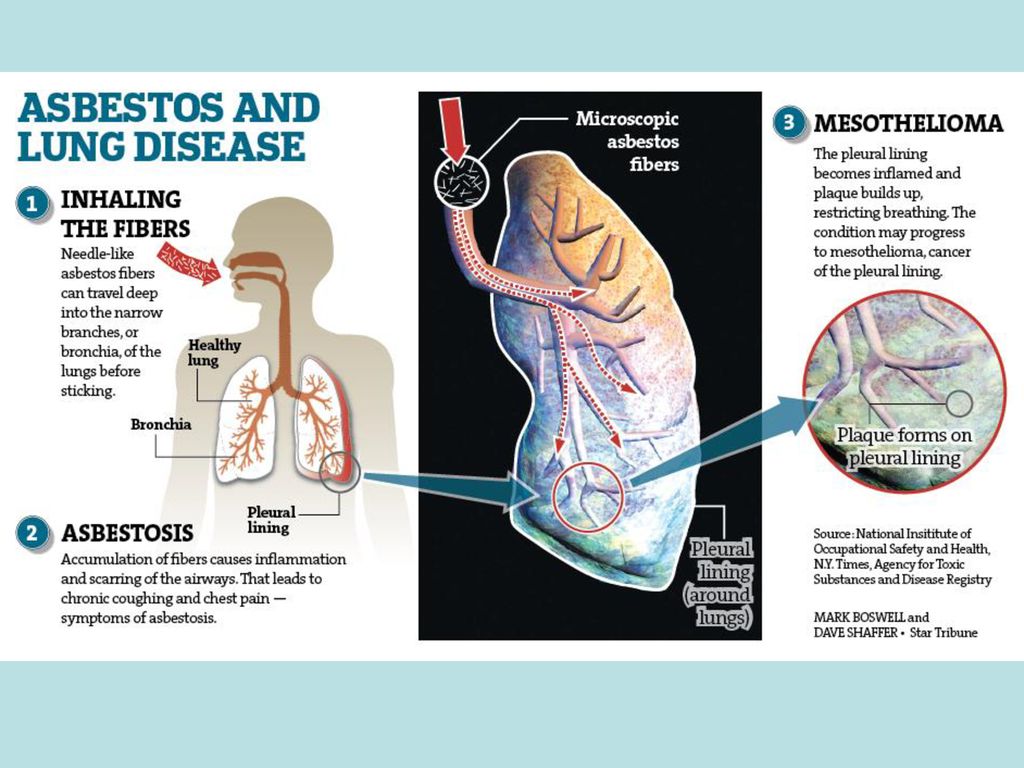 ..
..
Treatment of conjunctivitis in dogs
Inflammation of the conjunctiva is a common problem in dogs. This membrane lines the outer surface of the sclera and the orbit from the inside, forming…
Obesity in dogs
Excess weight can cause serious problems for pets, including complications of diseases of the cardiovascular system and musculoskeletal…
Pancreatitis in dogs
Pancreatitis is an inflammation of the pancreas with the development of clinical signs, of which the most pronounced is pain …
Panleukopenia in dogs intestinal tract…
Mumps in a dog
Mumps is an inflammation of the salivary glands, in which the process of chewing and swallowing is disturbed, the clinic is accompanied by pain and disorder…
Pericarditis in dogs
Pericarditis is an inflammation of the pericardial sac and a dangerous disease that is characterized by a severe clinic …
Pyelonephritis in dogs
Pyelonephritis is an inflammatory disease of the kidneys with lesions of the pyelocaliceal system . .. dogs
.. dogs
Piroplasmosis is a dangerous pathology that is provoked by the X-shaped tick…
Pleurisy in dogs
Pleurisy is an inflammation of the pleura, the membrane that covers the lungs from the outside and the chest from the inside…
Pneumonia in dogs
Pneumonia or inflammation of the lungs is a common disease in dogs, especially in the cold season…
Breast cancer in dogs
Among all cancers, breast cancer occupies the first position…
Jaw cancer in dogs
Jaw cancer is a malignant tumor prone to growth and damage to surrounding tissues…
Canine breast cancer
Canine breast cancer is a dangerous pathology that is more common in females…
Cancer of the lungs in dogs
Neoplasms of the respiratory system are considered one of the most dangerous…
Cancer of the blood in dogs
Cancer of the blood or leukemia is a dangerous pathology in dogs, which often leads to the death of the animal. ..
..
Cancer of the intestine in a dog
Malignant neoplasms occupy the first places among pathologies with high mortality in animals…
Rhinitis in a dog
Rhinitis is a common disease of the upper respiratory tract….
Rhinotracheitis in dogs
Rhinotracheitis is a common upper respiratory tract infection that most often appears…
Seborrhea in dogs
Seborrhea is a common skin disease in dogs that can cause complications…
Toxoplasmosis in dogs 9000 3
Toxoplasmosis is a severe disease caused by intracellular parasites Toxoplasma gondii…
Trichophytosis in dogs
Skin diseases in dogs are among the most common, trichophytosis is common among them…
Acne in cats
Owners do not immediately notice the presence of acne in cats, mistaking them for dandruff or ordinary dirt…
Pharyngitis in dogs
Pharyngitis is an inflammation of the larynx, in which the mucous membrane swells and local symptoms appear .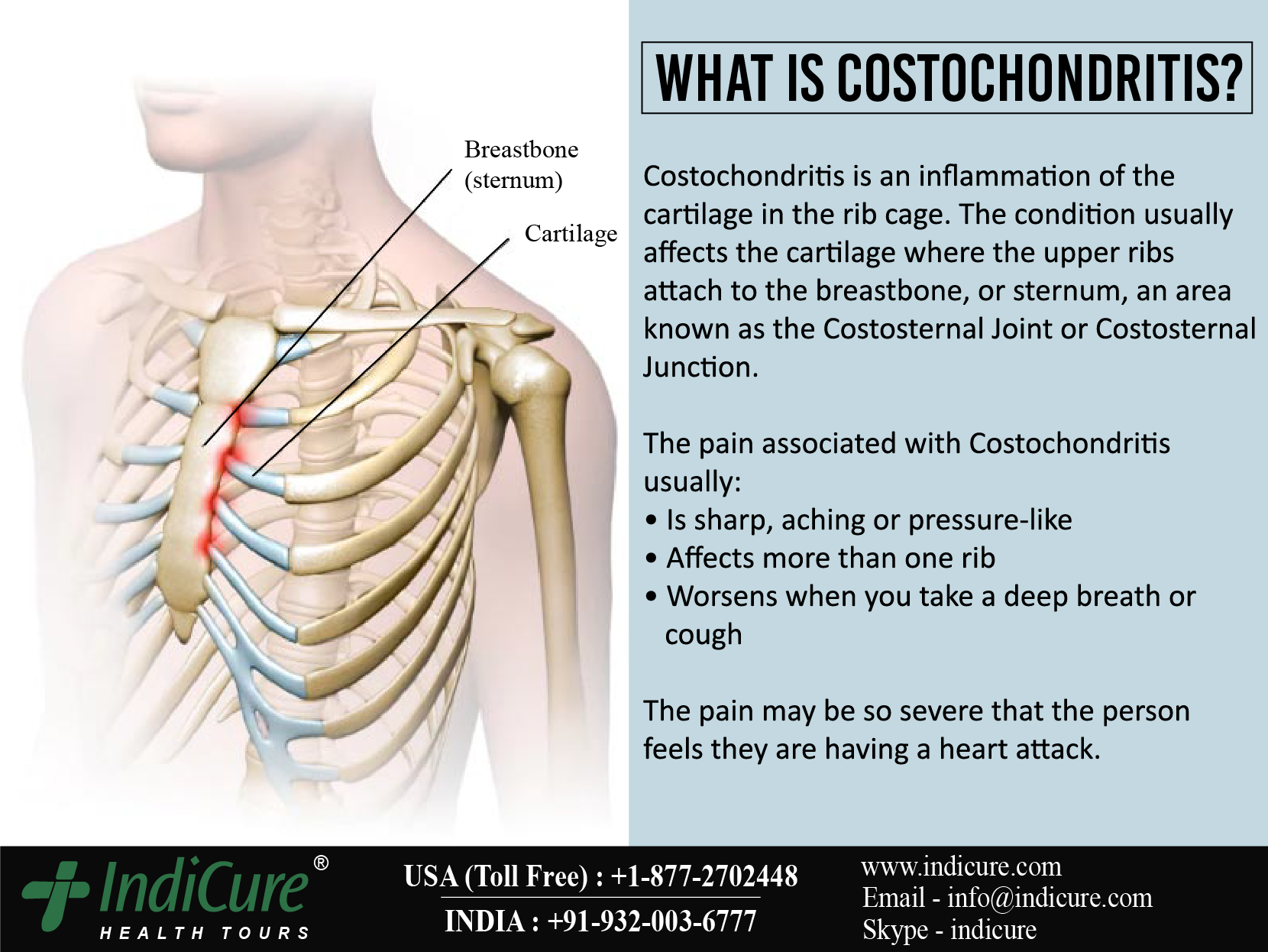 ..
..
FIP in dogs coronaviruses…
Phlegmon in dogs
Sometimes pets develop purulent processes, among which phlegmon is often found…
Furunculosis in dogs
Furunculosis is a disease characterized by the appearance of blisters and signs of irritation on the skin…
Chlamydia in dogs
Among all infections in dogs, chlamydia is one of the most dangerous – with this pathology there are systemic lesions…
Eczema in a dog
Dogs, due to their activity and busy life, are prone to skin diseases, among which eczema occurs … dogs
Of all diseases of the central nervous system, encephalitis is considered one of the most dangerous and is accompanied by severe complications…
Epilepsy in dogs
Epilepsy is a neurological disease characterized by the appearance of a focus of excitation in the brain, which…
Canine gastric ulcer
Gastric ulcer is a common disease in pets, dogs also suffer from it…
Atlantoaxial instability in dogs
Neurological disorders in dogs are a serious problem requiring immediate veterinary attention.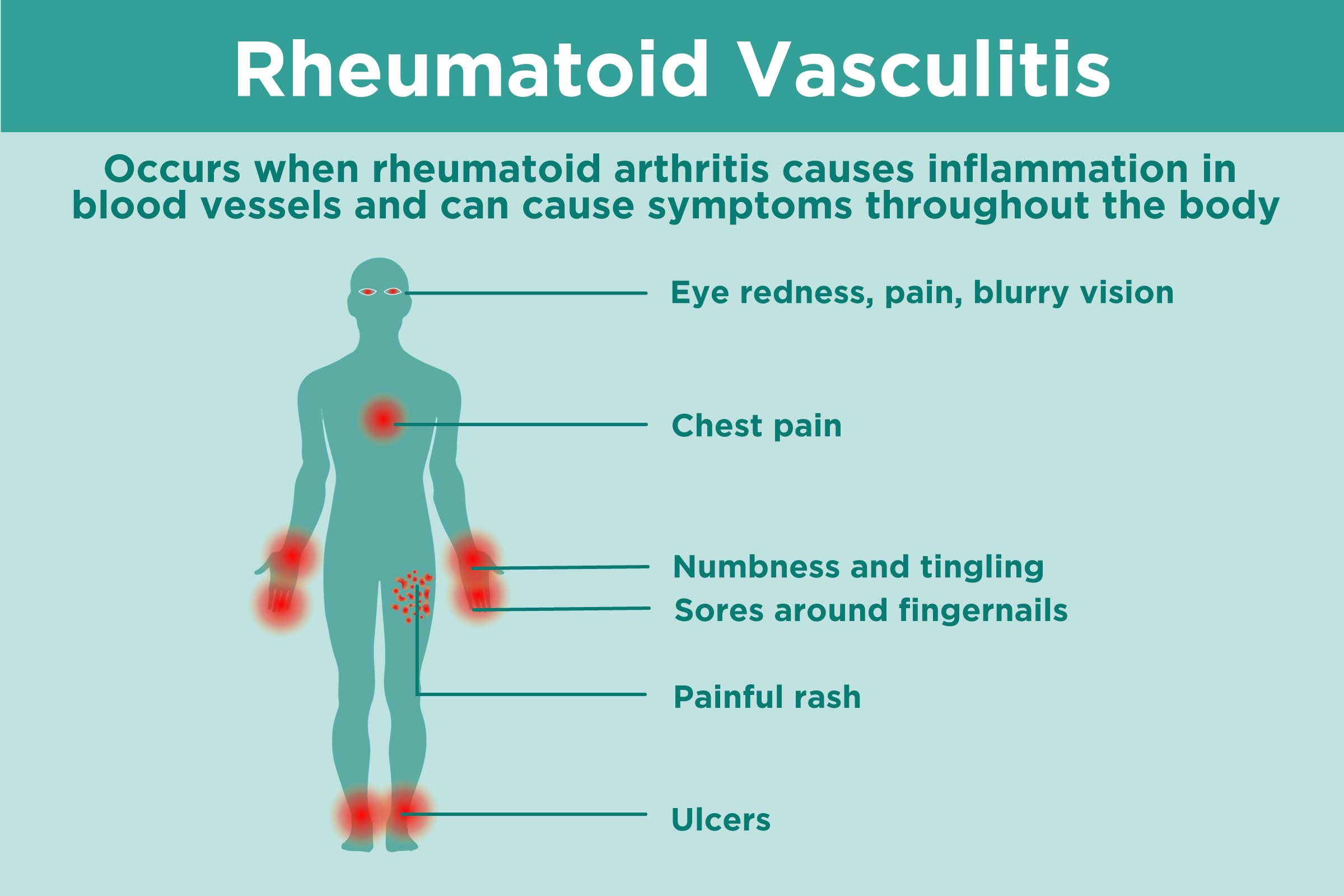 ..
..
Achilles tendon rupture
Cats and dogs are active animals that are at risk of injury every day…
Dog limb amputation
For the treatment of some serious diseases, amputation of limbs is recommended – if it is performed by a professional veterinary service …
Amputation of limbs in a cat
Cardinal operations, such as amputation – are often prescribed only in cases where they cannot be dispensed with …
Tests for dry cough
Dry cough is one of the most common manifestations of diseases of the respiratory system. He
characterized by an unpleasant sensation of dryness and burning in the throat, as well as sharp spasms of coughing, which can
accompanied by chest pain and fatigue.
One of the causes of dry cough is respiratory infections. It could be influenza, SARS, bacterial or
viral pneumonia, bronchitis and other lung diseases. In such diseases, the mucous membrane of the throat and
airways becomes inflamed, leading to severe irritation and dryness, and then coughing.
In addition to infectious diseases, dry cough can be caused by a number of other reasons. For example, it could be
associated with various allergic reactions, some bad habits such as smoking, and also with
the use of certain medications.
Dry cough treatment depends on its cause. If it is caused by a defensive reaction to infection, then treatment should be
aimed at fighting the infection itself and improving the condition of the respiratory tract. Most often in such cases
antibiotics are prescribed, as well as mucolytic and antitussive drugs.
However, it should be remembered that it is pointless to fight only with a cough without eliminating the causes of its occurrence. TO
For example, if the cough is caused by smoking, then although antitussive drugs will alleviate the symptoms,
First of all, you need to get rid of bad habits.
If a dry cough is the result of an allergy, steps should be taken to treat it./chest-pain-common-potential-causes-1745274_FINAL-ecbc2bd3b0f0401c8cfd77840901720f.jpg) It could be
It could be
the appointment of antihistamines, as well as other drugs.
In some cases, if the cause of a dry cough cannot be identified or treatment is insufficient
effective, a course of treatment with the help of physiotherapy procedures can be prescribed. They are aimed at
improvement of blood flow to the respiratory tract and improvement of their functional state.
It is important to remember that dry cough is one of the symptoms of the disease and it is necessary to treat the whole problem, not
just eliminate its manifestation. Before taking any medications, you should
consult your doctor, especially if you have other chronic diseases, and follow
doctor’s recommendations for the prevention and treatment of respiratory problems.
Development of dry cough
Dry cough is a reflex reaction to various stimuli that affect the mucous membrane
respiratory tract. As a rule, dry cough occurs as a result of irritation of receptors located in
airways.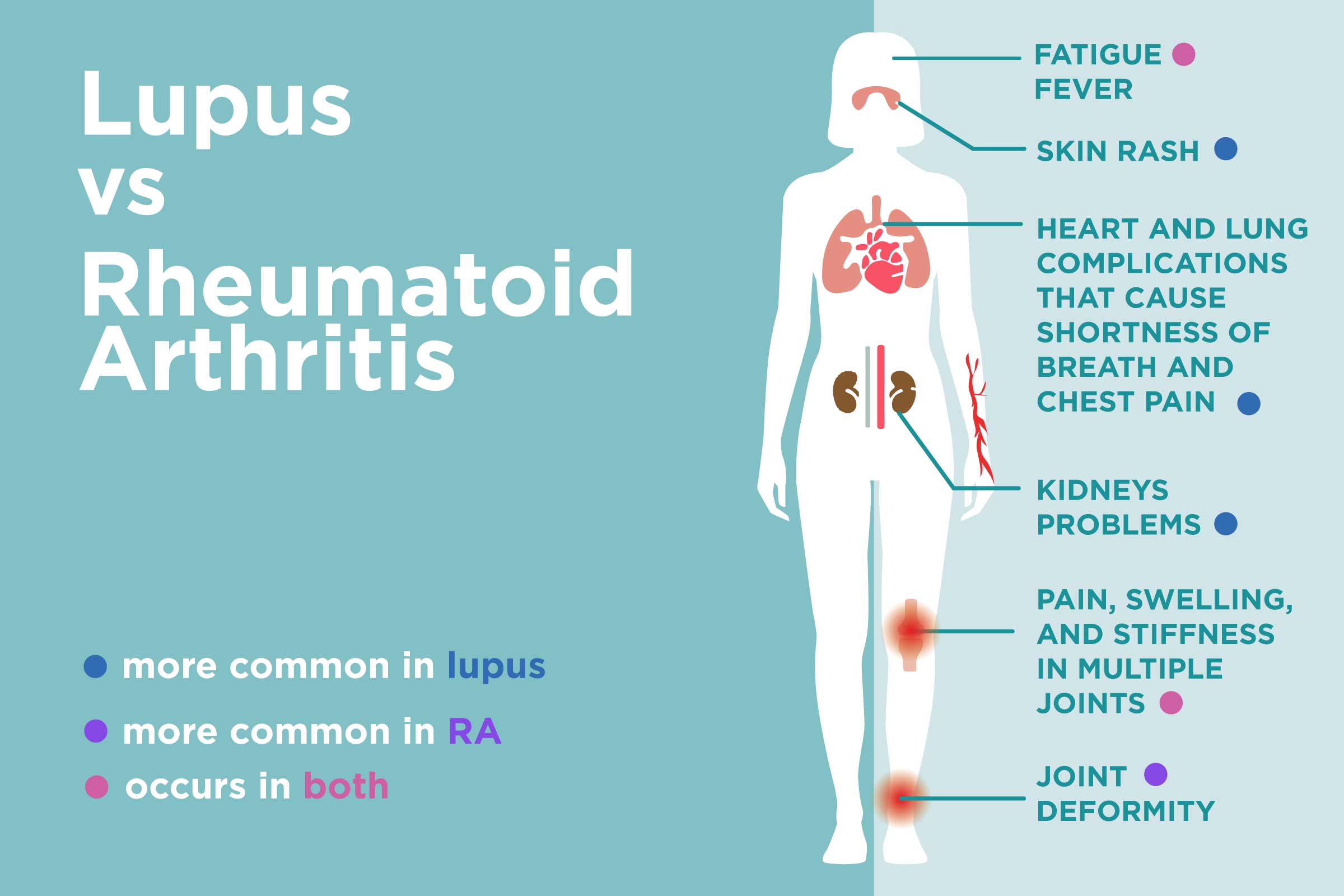
The pathogenesis of dry cough can be caused by various factors such as mucosal inflammation
respiratory tract, various infections, pulmonary and cardiovascular diseases, as well as other causes.
Dry cough is usually provoked by irritation of receptors located in the respiratory tract. These receptors
can be caused by various factors such as inflammation, infection, smoking, air pollution, allergies
and other reasons. When these receptors are stimulated, it leads to contraction of the respiratory muscles and reflex
causes cough.
The pathogenesis of dry cough is associated with many physiological changes in the respiratory tract. It is important to note that
dry cough can occur in different parts of the respiratory system, including the throat, trachea, bronchi, and lungs. IN
In each case, the mechanisms underlying dry cough may be slightly different.
The main cause of dry cough is irritation of the receptors.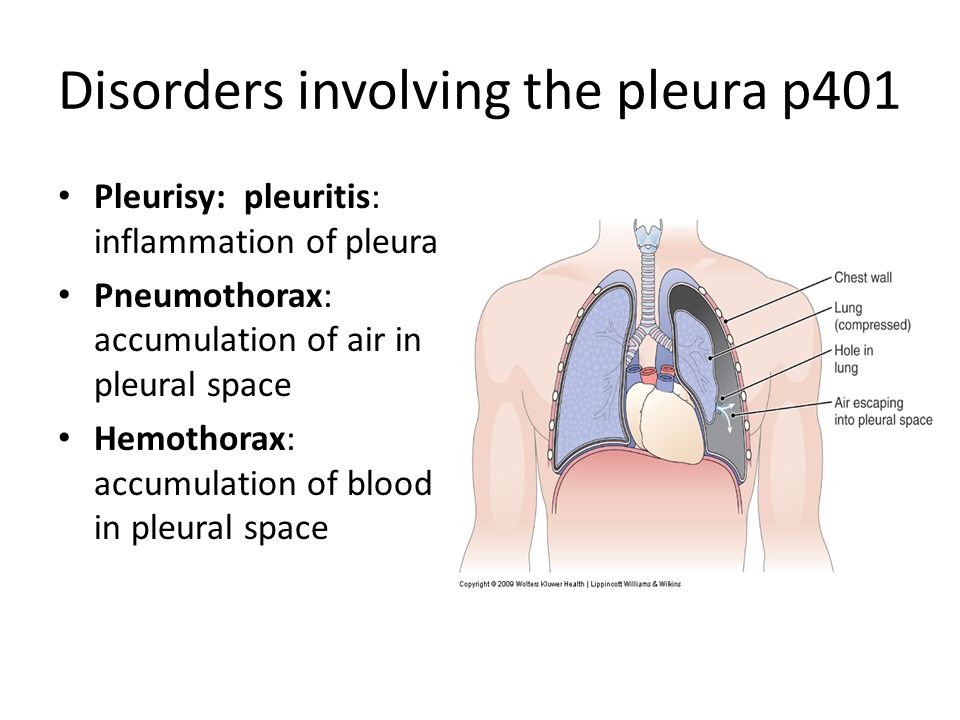 When receptors in the airways are stimulated,
When receptors in the airways are stimulated,
they transmit signals to the brain via the airway nerves. In response to these signals, the brain determines the need
calling the reflex act of coughing.
This starts the contraction of the muscles of the respiratory tract, which leads to a rapid expulsion of air from the lungs. IN
as a result, this causes a sharp, and often painful, spasm of contracting muscles. This appears as a series
one or two short exhalations, accompanied by a sound similar to a short deaf bark.
In addition, inflammation, edema and increased mucus secretion play an important role in the pathogenesis of dry cough
in the respiratory tract. Inflammation leads to a change in the structure of tissues, overgrowth of channels, changes in mucosal
cover and other pathological processes that can cause dry cough.
In inflammatory diseases of the respiratory tract, such as bronchitis, pneumonia, tracheitis, etc. , inflammatory
, inflammatory
the process leads not only to an increase in the secretion of mucus, but also to the difficulty of the bronchi, which leads to a narrowing of the lumen
respiratory tract and, as a result, dry cough.
There are also pathologies of the respiratory tract associated with a violation of their functions, for example, asthma. It’s chronic
a disease that is characterized by periodic attacks of suffocation, bronchial obstruction and dry cough. In that
case, the reflex act of coughing occurs in response to stimulation of bronchial receptors.
Allergic reactions can also cause dry cough. One of the mechanisms of reaction to an allergen is
release of histamine, which leads to capillary dilation and increased secretion of mucus and mucociliary
clearance, which is accompanied by a dry cough.
Dry cough can also be caused by hypersensitivity to smoking. Nicotine and other harmful substances
contained in tobacco smoke can cause irritation of receptors in the respiratory tract, which is associated with the development
dry cough in smokers.
Other causes of dry cough are pulmonary diseases such as metastatic tumors, tuberculosis,
pulmonary fibrosis, etc. In these cases, dry cough is hampered by the development of blood vessels and changes
tissue structures. These changes lead to airway compression, obstruction and dry cough.
What tests should be done for a dry, prolonged cough?
First of all, if an unpleasant symptom appears, you should contact your doctor, who will tell you which
analyzes to hand over with a protracted cough. The most common doctor’s prescriptions for prolonged cough are
the following studies.
- First of all, if you have an unpleasant symptom, you should contact your doctor, who will tell you what
analyzes to hand over with a protracted cough. The most common doctor’s prescriptions for prolonged cough are
the following studies. - Sputum analysis – this test allows you to identify the causative agent of the disease and helps to choose the right
antibiotic for bacterial infection.
- Bacteriological examination of sputum – allows you to identify bacteria that cause respiratory infections.
- Immunological test – can be used to determine the level of antibodies to various pathogens
infections. They can help establish an accurate diagnosis and prescribe the correct treatment. - Allergy tests – performed to identify an allergic reaction and help determine which allergen
causes dry cough. - Chest x-ray – performed to examine the condition of the lung tissue. It can help determine
the presence of inflammatory processes, pneumonia, lung cancer and other diseases. - Chest CT – a more accurate study of lung tissue, allowing you to study the structure of the lungs in detail
and soft tissues of the chest. - Bronchoscopy – the study is carried out with a poor response to treatment and / or parallel symptoms.

Allows you to identify diseases of the bronchi.
General advice
Call your doctor if you have a dry cough. Only a qualified medical professional may
conduct all the necessary tests and diagnostics to identify the cause of the cough and prescribe the correct treatment.
Note that the exact diagnosis and treatment of diseases that cause dry cough may take some time. At
Each patient has his own peculiarity and individual approach to treatment. But regular medical supervision and accurate
following his recommendations will help to cope with the problem and restore health.
Treatment of dry cough
The treatment of dry cough depends on its cause. If dry cough is caused by infectious diseases, then apply
antibiotics or antiviral drugs. However, if the dry cough is caused by an allergic reaction or other
causes, other methods of treatment are used.
One of the most common treatments for dry cough is antihistamines. They block
They block
the release of histamine, a substance that stimulates receptors in the airways and causes a dry cough.
Antihistamines can be taken as tablets or in the form of syrups, aerosols, or inhalers.
drugs.
Dry coughs can be treated with mucolytics that thin thick sputum and
improve its release. These drugs can be taken as tablets, syrups, inhalers, or
aerosols.
Another method of treating dry cough is the use of antitussive drugs that block the reflex act
cough. These preparations can be used both in tablets and in the form of syrups or inhalation preparations.
If dry cough is caused by respiratory problems such as bronchitis or pneumonia, then
special drugs, such as bronchodilators, that widen the airways and improve breathing.
Aerosol formulations are a commonly used treatment for dry coughs. They include inhalers
drugs, such as inhalers and nebulizers, which allow you to take medicines directly into
Airways.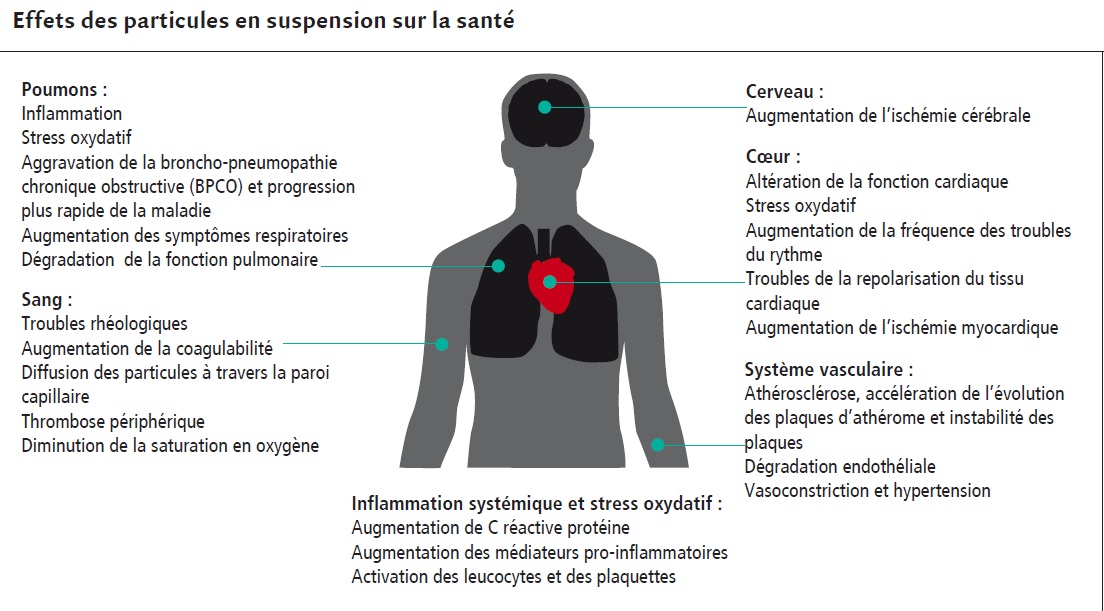
Also, folk remedies can be used in the treatment of dry cough. One of the most common methods is
the use of honey and lemon. They help soothe the throat and relieve dry coughs. You can also use
infusions of herbs, such as thyme, chamomile or mint.
It is important to remember that in order to successfully treat a dry cough, the cause must be identified. Seeing a doctor will help
determine the cause and prescribe the most effective treatment. It should also be remembered that any treatment
should only be done after consulting a doctor. Self-medication can lead to negative consequences and
aggravate the disease.
Prevention
Dry cough prevention is about maintaining a healthy lifestyle and taking steps to help
prevent the occurrence of diseases of the respiratory system.
One of the most effective ways to prevent dry cough is to maintain a healthy lifestyle. Smoking
is one of the main risk factors for the development of diseases of the respiratory system and can cause dry
cough.


 [PubMed: 30485002]
[PubMed: 30485002]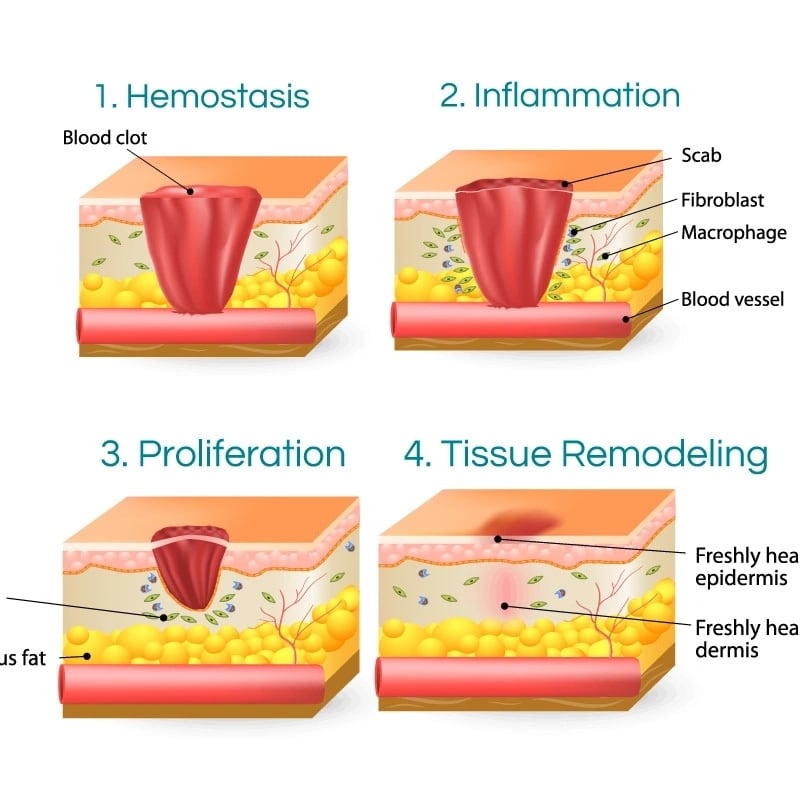 Needle Aspiration Versus Closed Thoracostomy in the Treatment of Spontaneous Pneumothorax: A Meta-analysis. Lung. 2020 Apr;198(2):333-344. [PubMed: 31927656]
Needle Aspiration Versus Closed Thoracostomy in the Treatment of Spontaneous Pneumothorax: A Meta-analysis. Lung. 2020 Apr;198(2):333-344. [PubMed: 31927656] 2006;3(1):75-80. [PubMed: 16493154]
2006;3(1):75-80. [PubMed: 16493154]
